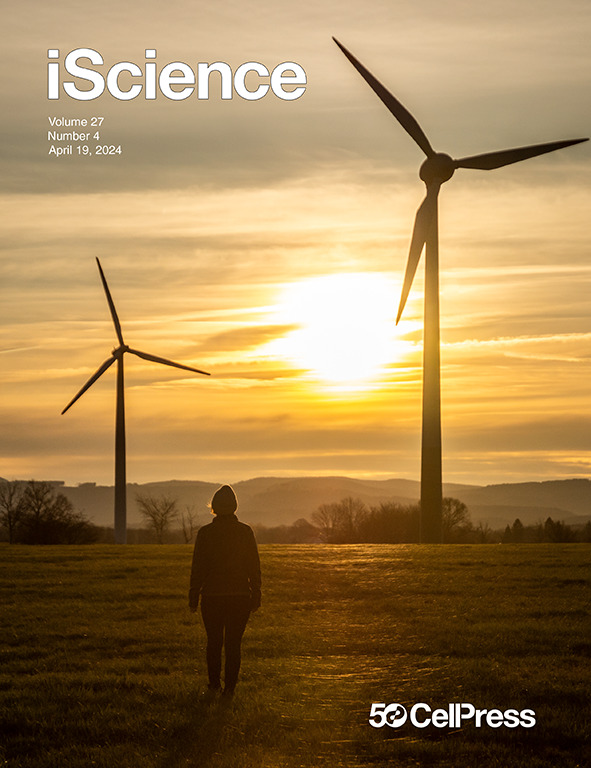On the use of deep learning for computer-generated holography
IF 4.6
2区 综合性期刊
Q1 MULTIDISCIPLINARY SCIENCES
引用次数: 0
Abstract
The research disciplines of computer-generated holography (CGH) and machine learning have evolved in parallel for decades and experienced booming growth due to breakthroughs in mathematical optimization and computing hardware. Over the past few years, deep learning has been applied to CGH and achieved remarkable success, accustoming a great step toward high-quality and real-time holographic display. This review introduces the fundamental concepts of CGH and deep learning, examines the development of deep-learning–based computer-generated holography (DLCGH), and explores cutting-edge research frontiers including data-driven models, physics-driven models, and jointly optimized models. Finally, we summarize with an outlook on the challenges and prospects of DLCGH.

关于在计算机生成全息术中使用深度学习
计算机生成全息(CGH)和机器学习的研究学科已经并行发展了几十年,并且由于数学优化和计算硬件的突破而经历了蓬勃发展。近年来,深度学习在全息显示领域的应用取得了显著的成功,向高质量、实时的全息显示迈出了一大步。本文介绍了CGH和深度学习的基本概念,综述了基于深度学习的计算机生成全息(dlgh)的研究进展,并探讨了数据驱动模型、物理驱动模型和联合优化模型等前沿研究领域。最后,总结并展望了DLCGH面临的挑战和发展前景。
本文章由计算机程序翻译,如有差异,请以英文原文为准。
求助全文
约1分钟内获得全文
求助全文
来源期刊

iScience
Multidisciplinary-Multidisciplinary
CiteScore
7.20
自引率
1.70%
发文量
1972
审稿时长
6 weeks
期刊介绍:
Science has many big remaining questions. To address them, we will need to work collaboratively and across disciplines. The goal of iScience is to help fuel that type of interdisciplinary thinking. iScience is a new open-access journal from Cell Press that provides a platform for original research in the life, physical, and earth sciences. The primary criterion for publication in iScience is a significant contribution to a relevant field combined with robust results and underlying methodology. The advances appearing in iScience include both fundamental and applied investigations across this interdisciplinary range of topic areas. To support transparency in scientific investigation, we are happy to consider replication studies and papers that describe negative results.
We know you want your work to be published quickly and to be widely visible within your community and beyond. With the strong international reputation of Cell Press behind it, publication in iScience will help your work garner the attention and recognition it merits. Like all Cell Press journals, iScience prioritizes rapid publication. Our editorial team pays special attention to high-quality author service and to efficient, clear-cut decisions based on the information available within the manuscript. iScience taps into the expertise across Cell Press journals and selected partners to inform our editorial decisions and help publish your science in a timely and seamless way.
 求助内容:
求助内容: 应助结果提醒方式:
应助结果提醒方式:


